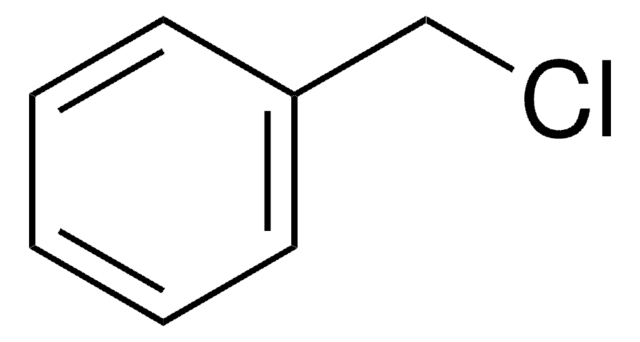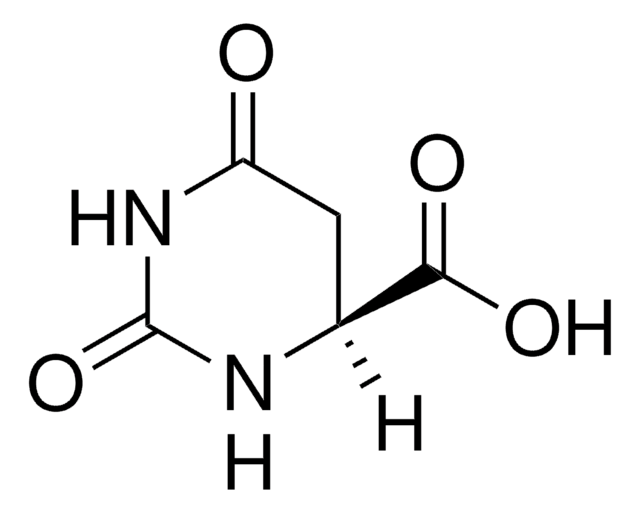119814
2,6-Dichlor-phenolindophenol Natriumsalz Hydrat
ACS reagent
Synonym(e):
2,6-Dichlor-N-(4-hydroxyphenyl)-1,4-benzochinonimin Natriumsalz, 2,6-Dichlor-indophenol Natriumsalz
About This Item
Empfohlene Produkte
Qualität
ACS reagent
Qualitätsniveau
Form
solid
Verlust
≤12.0% loss on drying
λmax
605 nm
Anwendung(en)
food and beverages
Funktionelle Gruppe
chloro
imine
ketone
SMILES String
[Na+].[H]O[H].[O-]c1ccc(cc1)\N=C2/C=C(Cl)C(=O)C(Cl)=C2
InChI
1S/C12H7Cl2NO2.Na.H2O/c13-10-5-8(6-11(14)12(10)17)15-7-1-3-9(16)4-2-7;;/h1-6,16H;;1H2/q;+1;/p-1
InChIKey
XHSOLXWCGCVQHE-UHFFFAOYSA-M
Anwendung
Lagerklassenschlüssel
11 - Combustible Solids
WGK
WGK 3
Flammpunkt (°F)
Not applicable
Flammpunkt (°C)
Not applicable
Persönliche Schutzausrüstung
Eyeshields, Gloves, type N95 (US)
Hier finden Sie alle aktuellen Versionen:
Besitzen Sie dieses Produkt bereits?
In der Dokumentenbibliothek finden Sie die Dokumentation zu den Produkten, die Sie kürzlich erworben haben.
Kunden haben sich ebenfalls angesehen
Unser Team von Wissenschaftlern verfügt über Erfahrung in allen Forschungsbereichen einschließlich Life Science, Materialwissenschaften, chemischer Synthese, Chromatographie, Analytik und vielen mehr..
Setzen Sie sich mit dem technischen Dienst in Verbindung.












